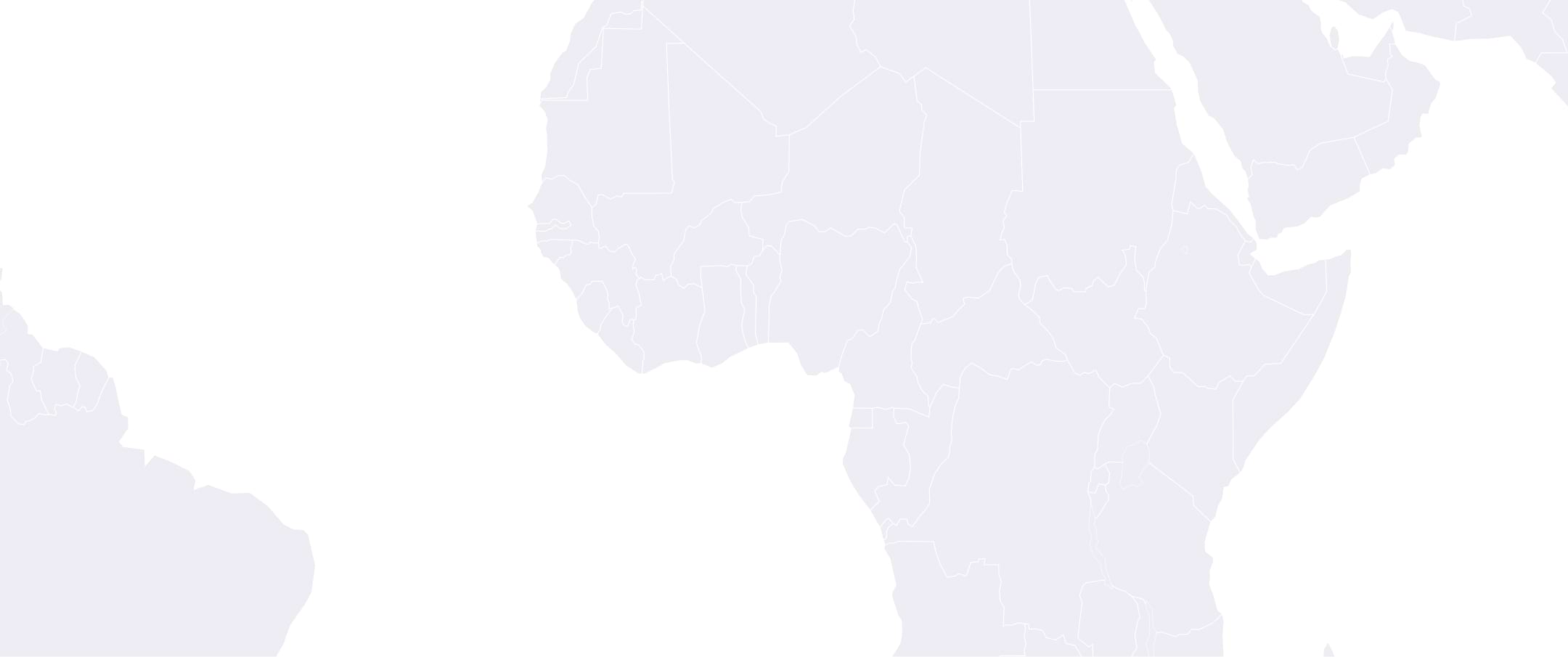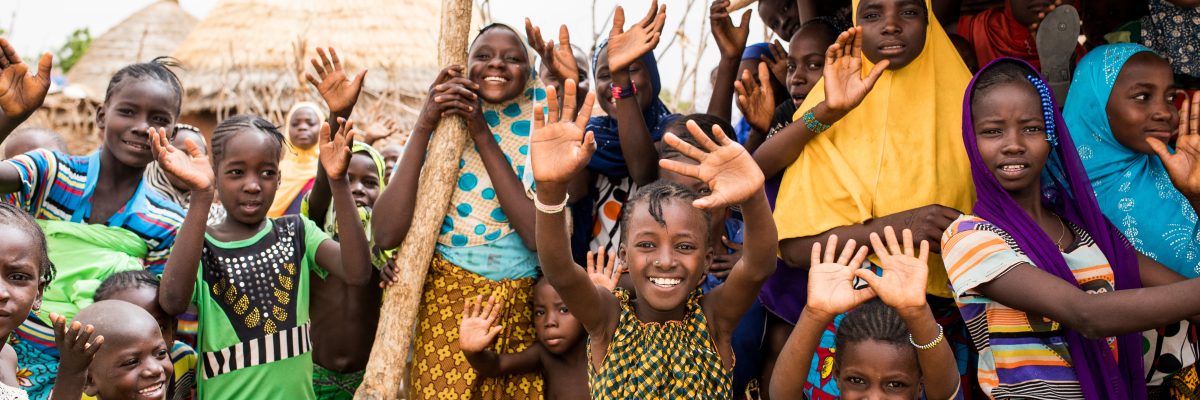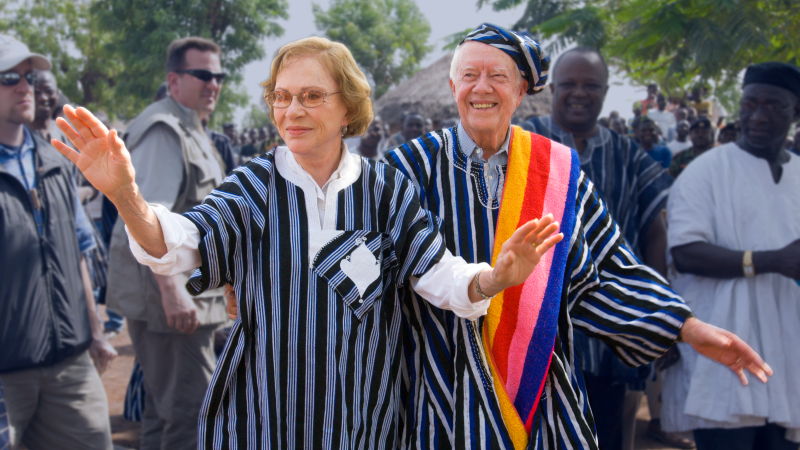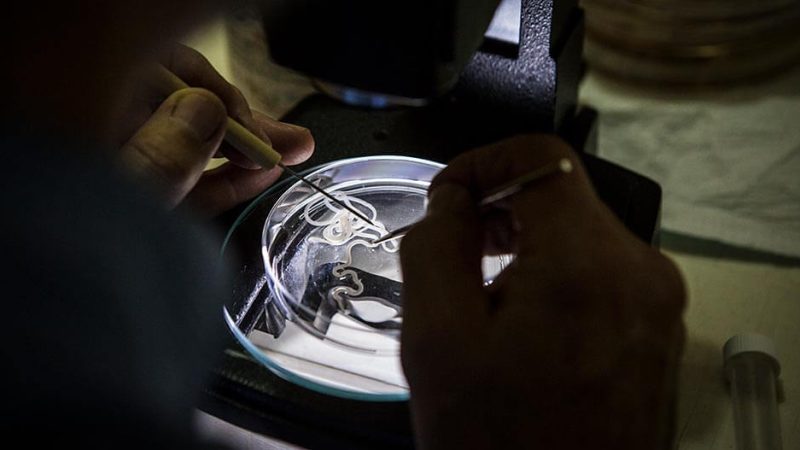Mali

Mali is working hard to build a more stable and healthy future. We help Mali promote peace, strengthen democracy, and increase transparency — all vital for lasting stability.
The Guinea Worm Eradication Program is improving lives, particularly in remote areas, and trachoma has been eliminated as a public health problem all across Mali.
By combining peace and health efforts, communities throughout the country are empowered to resolve conflict with dialogue.
Short-term Goals
We work to eliminate Guinea worm and resolve conflict so that more people can access health and disease services.
Impact
- Acted as the Independent Observer to the implementation of a 2015 agreement that ended a civil war in northern Mali
- Helped Mali become the 17th country to eliminate trachoma as a public health concern
- Provided Guinea worm disease prevention activities in collaboration with Mali’s Ministry of Health
- Supported roll-out of the six pillar strategy-for-access to information (SAISA), which enhanced public service and document accessibility
- Empowered over 8 million local farmers to combat malnutrition by providing credit for fertilizers and enhanced seeds
At a Glance

Related Content
Global Impact Starts with You
Your support sustains the Carter Center's mission of waging peace, fighting disease, and building hope around the world.



